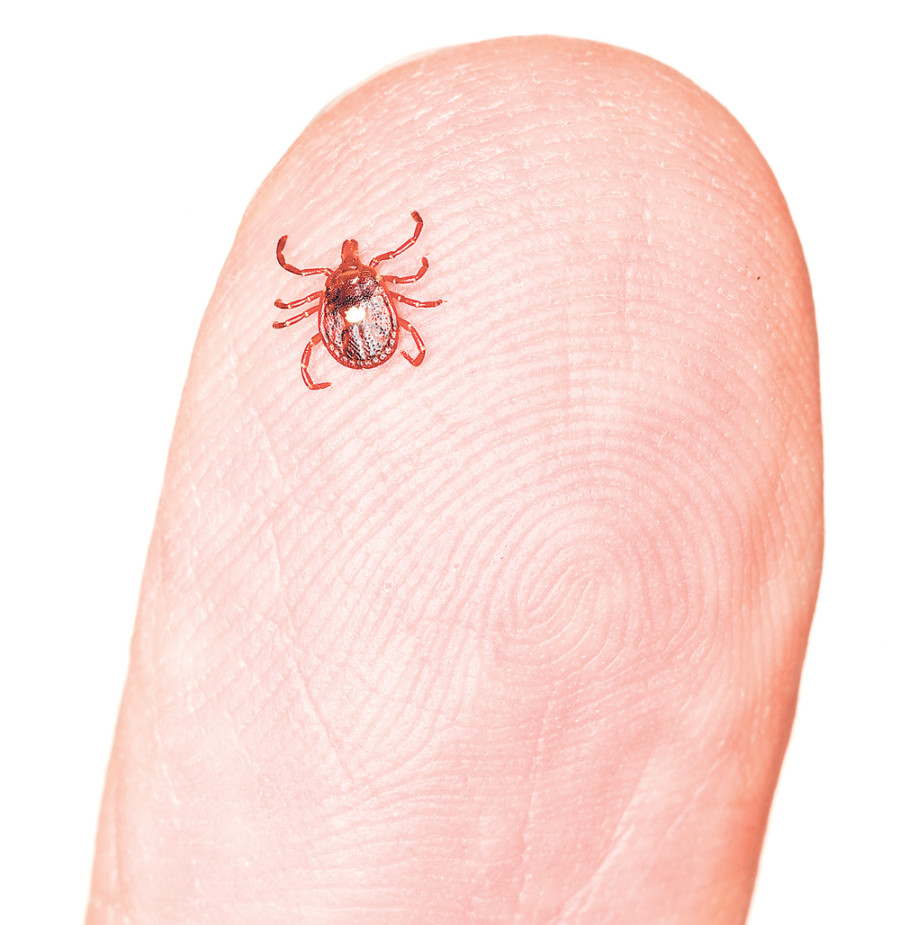Opinion
Stop the spread
Public awareness, case identification, and rodent control are cardinal steps to prevent a scrub typhus outbreak
Binod Rayamajhee
Scrub typhus is an infectious disease caused by the bacteria Orientia tsutsugamushi. Dreaded in the pre-antibiotic era, it was a militarily important disease that caused thousands of cases in the far east during the Second World War. Scrub typhus is an acute and febrile illness first described in Japan in 1899. Typhus was included with typhoid in the group of diseases where patients suffered from fever and typhos (Greek for ‘hazy’, referring to the patient’s change in mental status).
Von Hildebrand first properly described typhus in 1810 after the outbreak in Napoleon’s army. O Tsutsugamushi are obligate intracellular parasites. Humans are accidental hosts of this zoonotic disease. They are small rod-shaped bacteria (0.3-0.5 micron in diameter and 1-2 micron in length) that live freely in the cytoplasm of their infected host cells. Invertebrates like fleas, mites, lice, and ticks transmit typhus when they bite a healthy person, allowing the bacteria to enter the bloodstream.
Typhus is of three types: epidemic (or louse-borne), endemic typhus, and scrub typhus. O tsutsugamushi includes heterogeneous strains classified in five major serotypes: Boryon, Gilliam, Karp, Kato and Kawazaki. Differentiation of serotypes is very important for laboratory diagnosis. Chigger mites act as the primary reservoirs for O tsutsugamushi. The adult mites have a four-stage lifecycle: egg, larva, nymph and adult. The larva is the only stage that can transmit the disease to humans and other vertebrates.
Signs of infection
Scrub typhus is essentially an occupational disease among rural residents in Nepal. This is common during the rainy season but several cases have been reported during the winter season as well. According to the government, eight deaths were reported last year; among them, six were children and two were adults from Lalitpur, Dhading and Chitwan districts. This year, cases are reported from 20 different districts including Nuwakot, Sunsari and Makawanpur. According to the Chief of Epidemiology and Disease Control Division (EDCD) Gunanidhi Sharma, “scrub is spreading in a wider zone as compared to previous year.”
Among the 11 children admitted to BP Koirala Institute of Health Sciences, Dharan, two have already died despite proper medical treatment. A study on the aetiology of febrile illness among adults in Patan hospital showed that 3.2 percent out of 876 patients were serologically positive to scrub typhus. The southern Tarai region of the country is the most vulnerable area for scrub typhus.
Humans acquire the disease from the bite of an infected chigger. The bite of a mite leaves a characteristic black eschar that is useful for making a diagnosis. The incubation period of scrub typhus is about five to twenty days after the bite. Major symptoms include shaking chills, high fever, severe headache, swelling of major lymph nodes, conjunctiva, red lesion or sore on the skin at the site of bite, among others. Diagnosis is difficult because other diseases like dengue, malaria, leptospirosis, brucellosis and typhoid fever have similar symptoms. In some cases, necrosis of the extremities can occur.
Frequent neurological manifestations include confusion, lethargy, and stupor. If left untreated, it can lead to major complications like gastrointestinal haemorrhage, hypovolaemia (decrease in blood volume), myocarditis (inflammation of heart muscles), renal failure or even death. Patients with scrub typhus often exhibit a decrease in white blood cell count. An acute scrub typhus appears to improve viral loads in patients with HIV. This interaction is currently unexplained.
Right treatment
Antibiotics can treat scrub typhus. They bring dramatic clinical improvements and reduce fever promptly. If the patient discontinues antibiotics quickly, relapses may occur so the antibiotic dose must be completed. Secondary infections such as bacterial pneumonia should be treated appropriately. There is no significant morbidity or mortality among patients who receive the right treatment on time.
As there are multiple antigenic variations in O tsutsugamushi strains, there are no effective vaccines for scrub typhus; this complexity continues to hamper efforts to produce a viable vaccine. In vulnerable sites, precautions should be taken by the public like wearing protective clothes and using insect repellents. Chemical treatment can break the cycle of transmission of mites. The government should initiate control strategies in association with various stakeholders to contain scrub typhus outbreaks in the days ahead. Public awareness, case identification, and rodent control are cardinal steps to stop a scrub typhus outbreak.
Rayamajhee has an MSc in Medical Microbiology from Tribhuvan University and is a teaching fellow at the Department of Biology, Kathmandu University High School




 5.78°C Kathmandu
5.78°C Kathmandu












